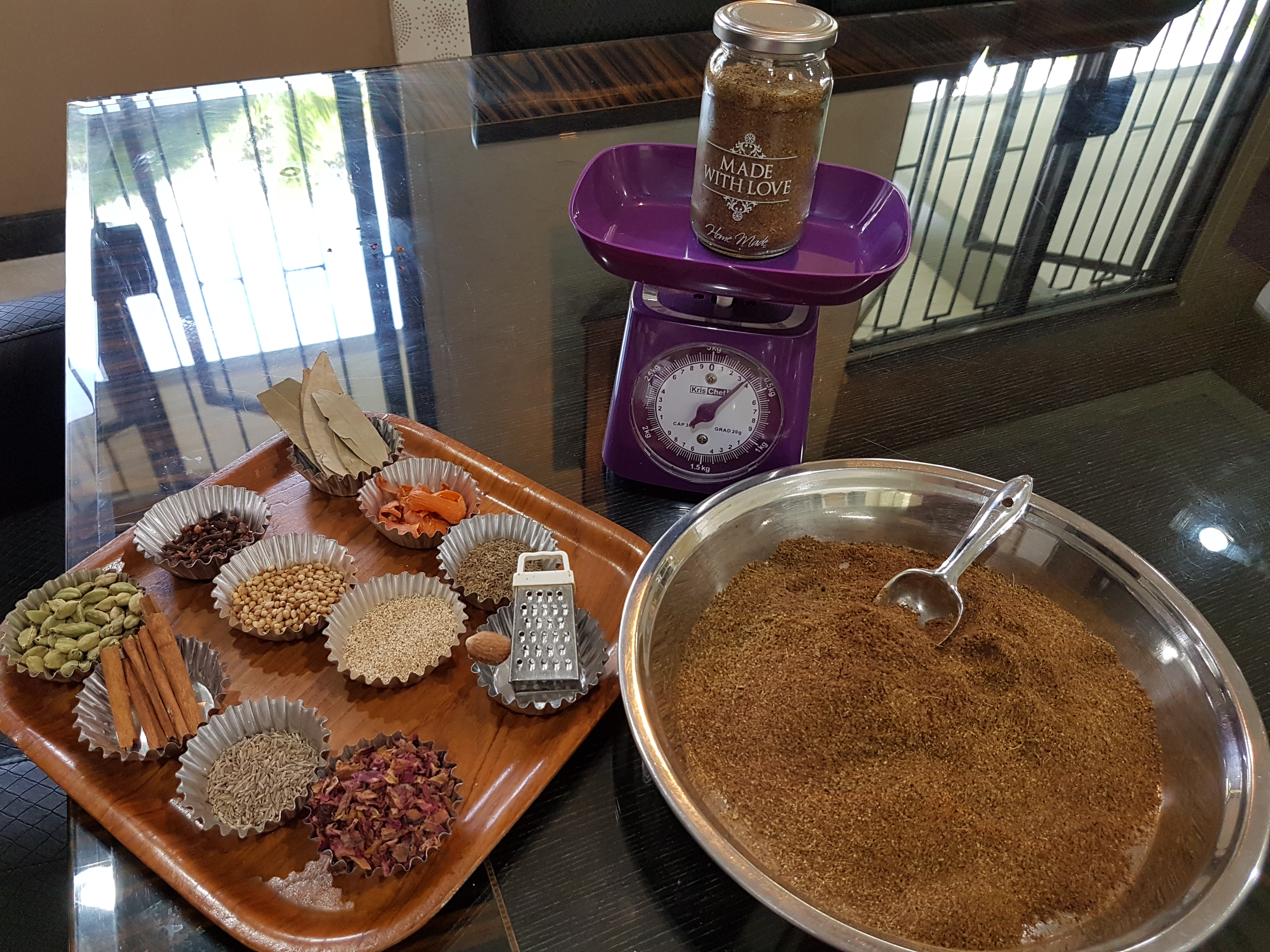
SATE LILIT
Sate, or satay, is a beloved dish in Indonesia and Southeast Asia.
Every province will have Thier own versions of it. Sate are loved by one and all, easily available and almost all food stalls will serve these. Meat is normally skewered, Roasted and served with a peanut sauce.
Todays recipe is a Balinese version of Sate.
Sate lilit means wrapped around, not skewered, much like our desi kebabs, only difference is, the meat is wrapped around slightly bashed lemon grass stalks, so you can imagine the intense fresh flavours. These Sate are not served with any peanut sauce. But served with a raw chiliie onion Sambal called Sambal matah.
Do try this simple and tasty recipe
SATE LILIT**
**Ingredients:**
– 300 g finely minced chicken
– 4 red chillies
– 3 candle nuts (slightly roasted) or cashew nuts
– 3 shallots
– 2 cloves garlic
– 1 tsp chicken seasoning powder
– 1 stalk lemongrass (bottom white part only), finely chopped
– 1-2 tbsp oil
– 4 kaffir lime leaves, finely chopped
– 2 tbsp freshly grated coconut
– 1.5 tbsp thick coconut milk
– 1 tsp salt
– 12-14 lemongrass stalks, trimmed and lightly bashed
**Instructions:**
1. Grind the red chillies, candle nuts, shallots, garlic, lemongrass, and chicken seasoning powder into a paste without using water.
2. Cook the paste in a pan with oil over low heat until the oil separates and the paste is dry.
3. Mix the cooked paste with minced chicken, chopped kaffir lime leaves, grated coconut, coconut milk, and salt.
4. Take small portions of the chicken mixture and wrap them around the bashed lemongrass stalks.
5. Grill the wrapped chicken on a lightly oiled non-stick pan.
**SAMBAL MATAH**
**Ingredients:**
– 4 red chillies, finely chopped
– 5 shallots, minced
– 3 kaffir lime leaves, minced
– 1 lemongrass stalk (bottom only), minced
– Salt to taste
– 1/2 tsp sugar
– 2 tbsp very hot oil
– Lime (for finishing)
**Instructions:**
1. Combine all the finely chopped ingredients in a bowl.
2. Mix in salt and sugar.
3. Pour hot oil over the mixture and mix well.
4. Finish with a squeeze of lime.
Enjoy your Sate Lilit with Sambal Matah!



































